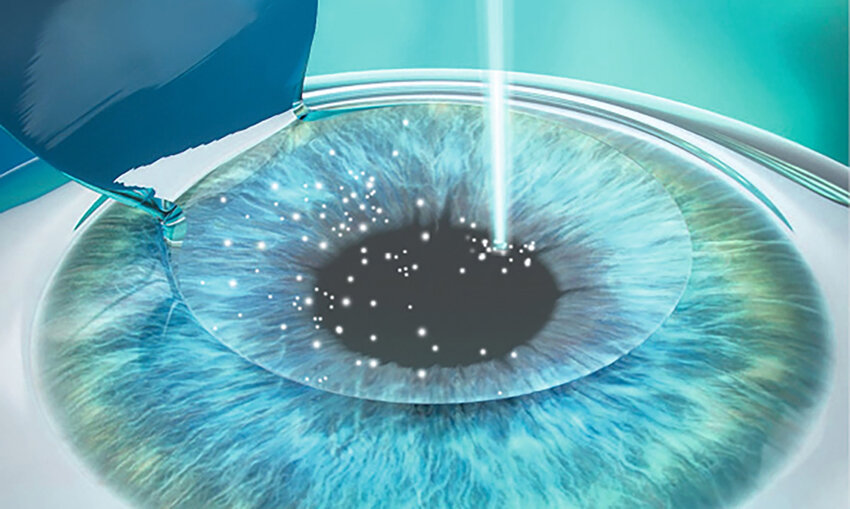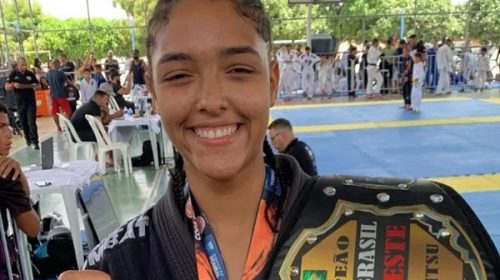
How Laser Vision Correction Helps Professional Athletes
For athletes to perform at an optimal level, they need to be in optimal health. That includes perfect vision. Not everyone is born with 20:20 vision.
Eye protection is often recommended or mandatory for many athletes to participate in their sports. Athletes cannot perform at their best if they suffer from vertigo, headaches, or blurry vision.
Here, we will discuss how laser vision correction helps professional athletes perform at their best.
Types of Eye Injuries Affecting Athletes
Blunt trauma involves something hitting the eye of the athlete. It is the most common type of eye injury that affects athletes. For example, an orbital blowout fracture consists of breaking a bone under the eyeball of the athlete and can be very painful.
A ruptured globe is another type of eye injury whereby the eyeball itself breaks. The retina itself may even be detached due to a sports-related injury. When the eyelid and eye become bruised due to an injury, it is a black eye.
Types of Laser Vision Correction Procedures
LASIK is a very popular type of refractive surgery. Recovery is very quick, and discomfort is minimal for most patients. Many will be able to enjoy 20/20 the day after the procedure.
Today, LASIK is performed without blades and utilizes two lasers to reshape the patient’s cornea. LASIK is frequently used to treat presbyopia, hyperopia, myopia, and astigmatism.
PRK is known as the first laser eye surgery technique or procedure. Most clinics have replaced PRK with LASIK, but PRK is sometimes used to treat patients with very thin corneas.
PRK can be used to treat astigmatism and myopia. It is also blade-free and reshapes the patient’s cornea similar to the way that LASIK does. However, the reshaping is performed on the surface after the epithelial cells are extracted.
PRK recovery takes longer than LASIK, with most people taking 4 to 5 days to recover instead of 4 to 5 hours. LASEK involves pushing the thin epithelium flap to one side of the patient’s cornea instead of removing the tissue altogether, as is the case with PRK.
Once the laser treatment has ended, the tissue is repositioned on the patient’s eye surface to cover the area treated with the laser. The epithelium is then kept in place by placing a bandage contact lens on the patient’s treated eye.
RLE involves replacing the clear natural lens of the patient’s eye with a synthetic intraocular lens known as an IOL. The end goal of RLE surgery is to create sharper focus by rectifying the patient’s refractive error.
Many patients undergoing RLE will no longer need bifocals or reading glasses to enjoy optimal sight. Many people who suffer from farsightedness or presbyopia may benefit from RLE surgery.
ICL stands for implantable collamer lens. It is a type of synthetic lens that is placed in the patient’s eye. The ICL is placed between the iris and natural lens of the patient.
The ICL will work the natural lens to refract or bend light in the eye’s retina, helping generate enhanced vision.
Benefits of Laser Vision Correction
The surgery is pain-free and economical. Your dependence on contact lenses and eyeglasses will be reduced or eliminated. Recovery is quick, and the visual correction provided is long-term and even permanent in some cases.
Laser vision correction also does not involve the use of stitches or bandages. Getting vision corrected can save you thousands of dollars over your lifetime and may allow you to enjoy 20/20 vision without the need for bifocals.
Things to Avoid After Laser Eye Surgery
Wash your hands before touching your eyes and get a good night’s rest before the procedure. Try to wash your face without making contact with your eyes, and frequently blink to prevent your eyes from drying.
Injuries and infections can be prevented by wearing protective eyewear and using your prescribed eye drops and medication as directed. Attend all of your follow-up appointments with your doctor without exception.
Protect Your Eyes
Add more protein and vegetables to your diet. Take frequent breaks while using your phone, computer, or other electronic devices to reduce eye strain and headaches.
Routine exercise will also boost the health of your eyes. UV rays can be blocked with quality sunglasses, and most eye injuries can be prevented by wearing protective eyewear while playing sports or working out.
If you notice any unusual symptoms involving your eyes, then make an appointment with your doctor or an eye specialist as soon as possible.
Sources:
Refractive Lens Exchange or Lens Replacement Surgery (allaboutvision.com)
Types of Laser Eye Surgery – How to choose | Bowen Eye Clinic
Eye Injuries in Sports – American Family Physician (aafp.org)
ICL Surgery Procedure, Benefits, Side Effects, and Precautions (healthline.com)


























